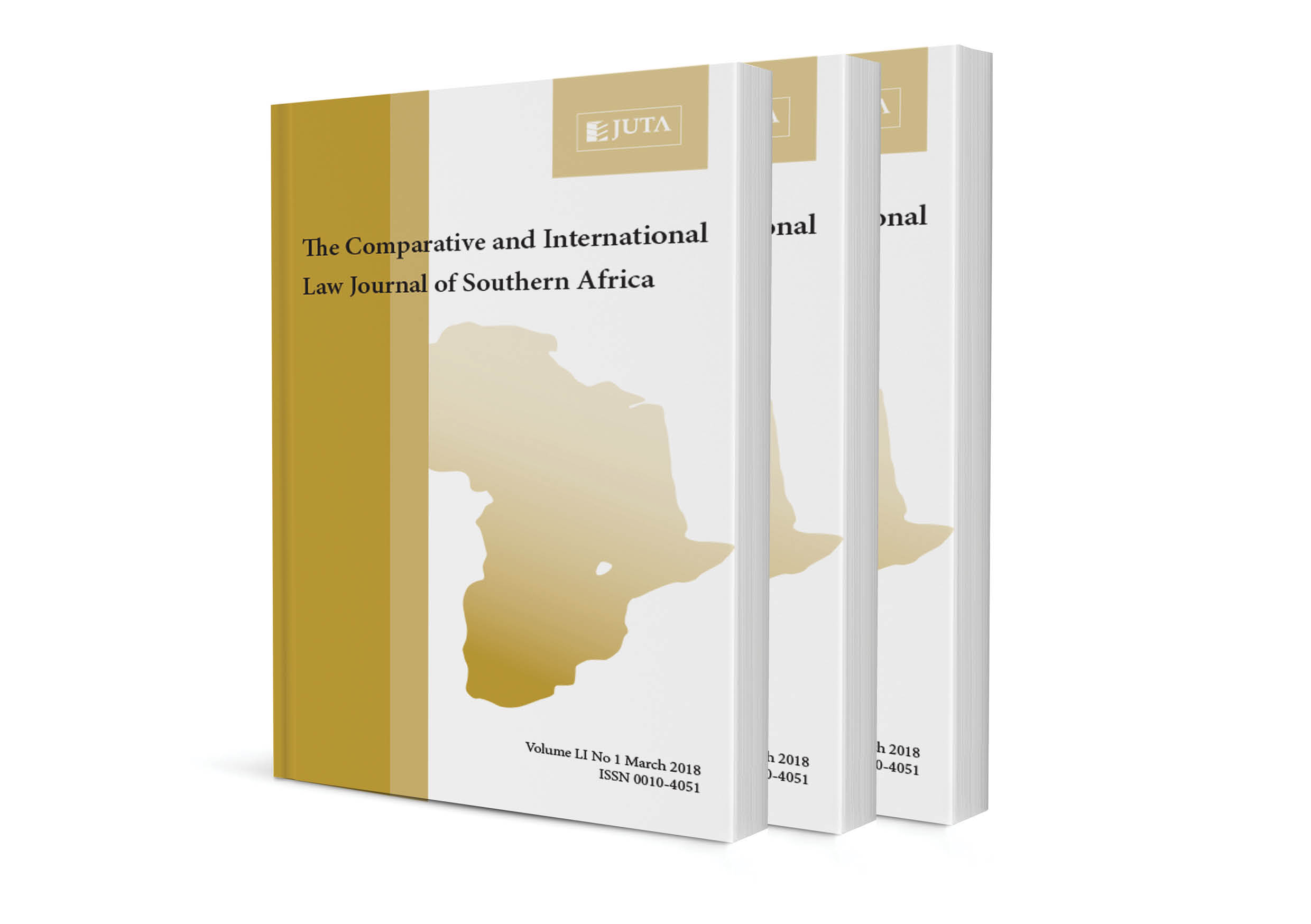
The Realisation of Children’s Survival Rights in South Africa, Kenya and the Democratic Republic of the Congo: A Comparative
Authors Mafuku Tholaine Matadi & Desan Iyer
ISSN: 2522-3062
Affiliations: LLB (Honours) (Université William Booth/Kinshasa), LLM (University of KwaZulu-Natal), LLD (University of Zululand), Lecturer in the Department of Public Law, University of Zululand; BROC (Natal University, Durban), LLM (University of South Africa), LLD (University of Zululand), Attorney of the High Court of South Africa, Associate Professor of Law, University of Zululand.
Source: Comparative and International Law Journal of Southern Africa, The, Volume 52 Issue 3, p. 352 – 388
Abstract
Child rights are particularly sensitive due to the power relations within societies. As early as 1924, a number of countries collaborated to produce the Declaration of the Rights of the Child. In 1945, the Charter of the United Nations appeared, followed three years later by the Universal Declaration of Human Rights (UDHR). Although the latter is concerned primarily with everyone’s rights, Article 25(2) refers to children as well and provides that all children must receive special care and assistance. The article focuses on the most important children’s rights instruments both at regional and international level; respectively the African Charter on the Rights and Welfare of the Child of 1990 (ACRWC) and the United Nations Convention on the Rights of the Child of 1989 (CRC). Particularly, these conventions are binding on all the states which sign and ratify them. Although the CRC classifies children’s rights into four main categories, this article focuses on life and survival rights in selected African countries that have committed themselves to implement and enforce basic rights for children, namely South Africa, Kenya and the Democratic Republic of the Congo. The article is an evaluative and comparative analysis of the selected countries, based on international law and domestic legislation, as standards of actual delivery of child rights. The authors aim to produce a model guideline for effective realisation and observance of the specified children’s rights in the countries under investigation.